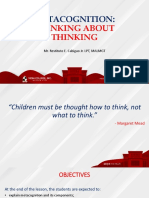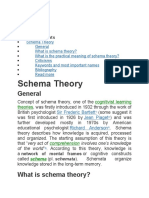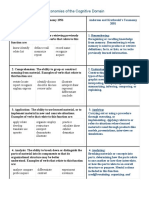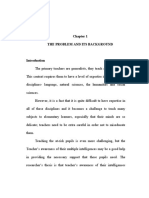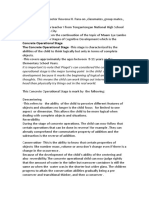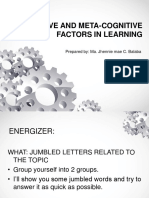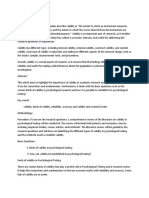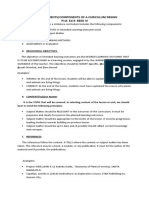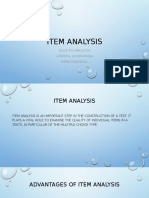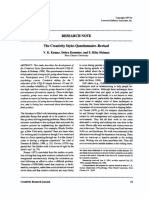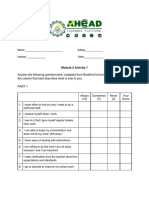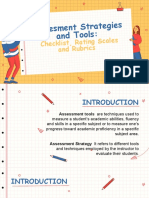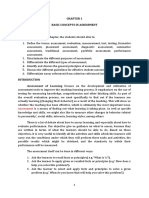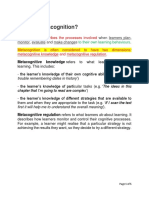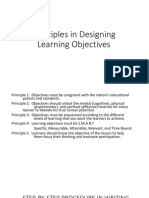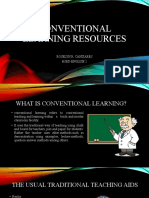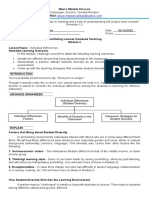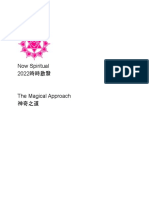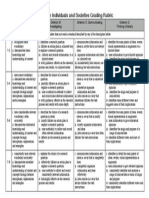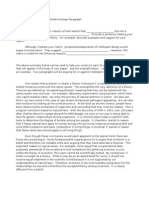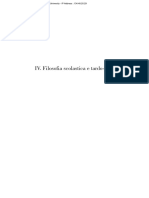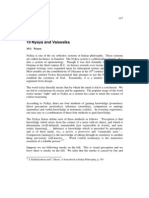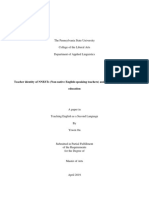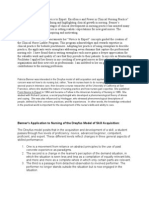0% found this document useful (0 votes)
357 views6 pagesProblem Solving and Creativity
Edward Torrance developed tests and a framework for measuring creativity that focused on four main components: fluency, flexibility, elaboration, and originality. He is considered the "Father of Creativity" for his pioneering work establishing creativity as an important factor separate from IQ in measuring intelligence. The document then describes various problem solving models and frameworks, including Torrance's four components of creative thinking as well as other stage-based models like Creative Problem Solving and Bransford's IDEAL model.
Uploaded by
NI LOCopyright
© © All Rights Reserved
We take content rights seriously. If you suspect this is your content, claim it here.
Available Formats
Download as DOCX, PDF, TXT or read online on Scribd
0% found this document useful (0 votes)
357 views6 pagesProblem Solving and Creativity
Edward Torrance developed tests and a framework for measuring creativity that focused on four main components: fluency, flexibility, elaboration, and originality. He is considered the "Father of Creativity" for his pioneering work establishing creativity as an important factor separate from IQ in measuring intelligence. The document then describes various problem solving models and frameworks, including Torrance's four components of creative thinking as well as other stage-based models like Creative Problem Solving and Bransford's IDEAL model.
Uploaded by
NI LOCopyright
© © All Rights Reserved
We take content rights seriously. If you suspect this is your content, claim it here.
Available Formats
Download as DOCX, PDF, TXT or read online on Scribd
/ 6

